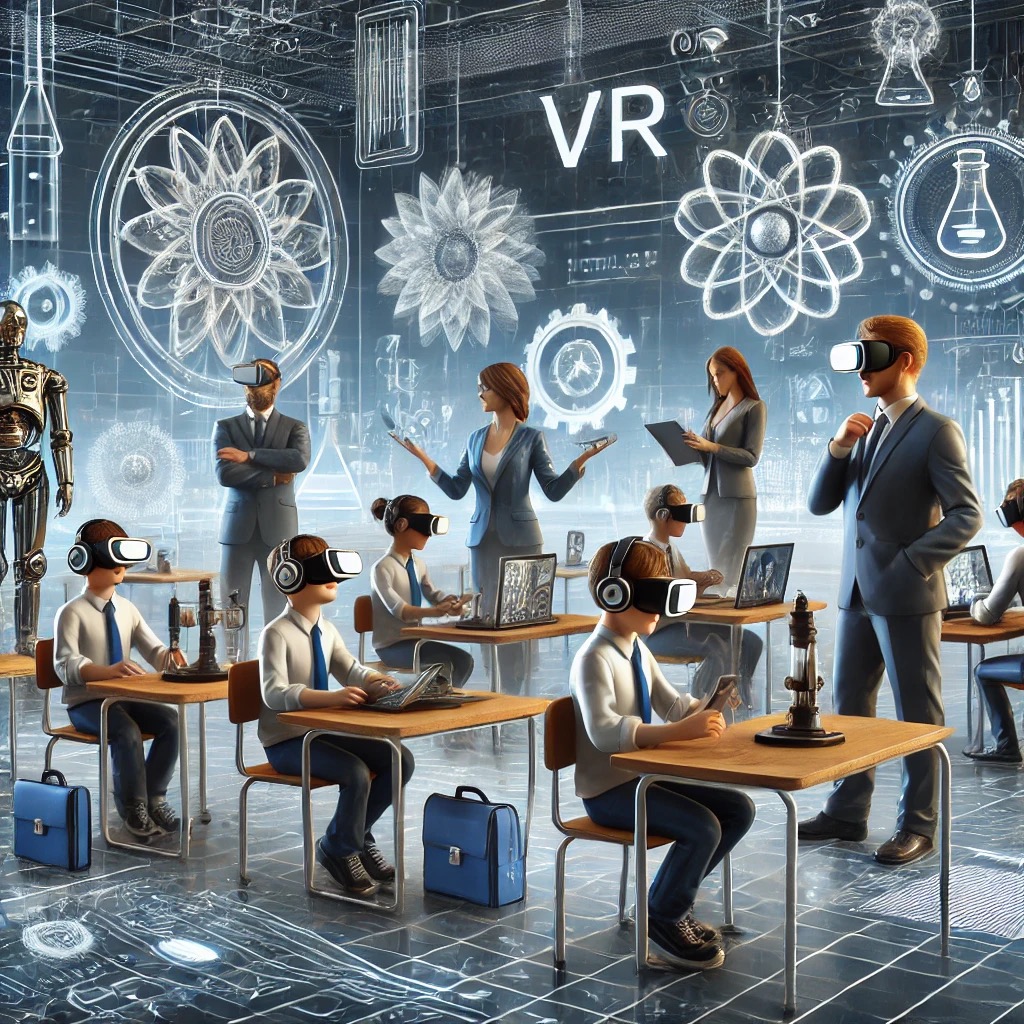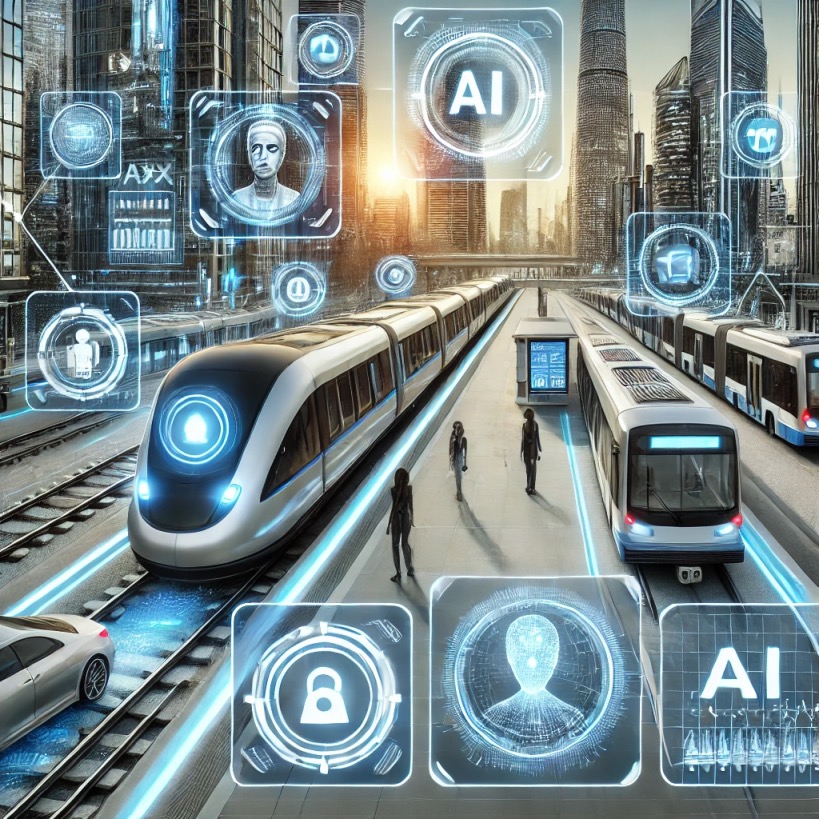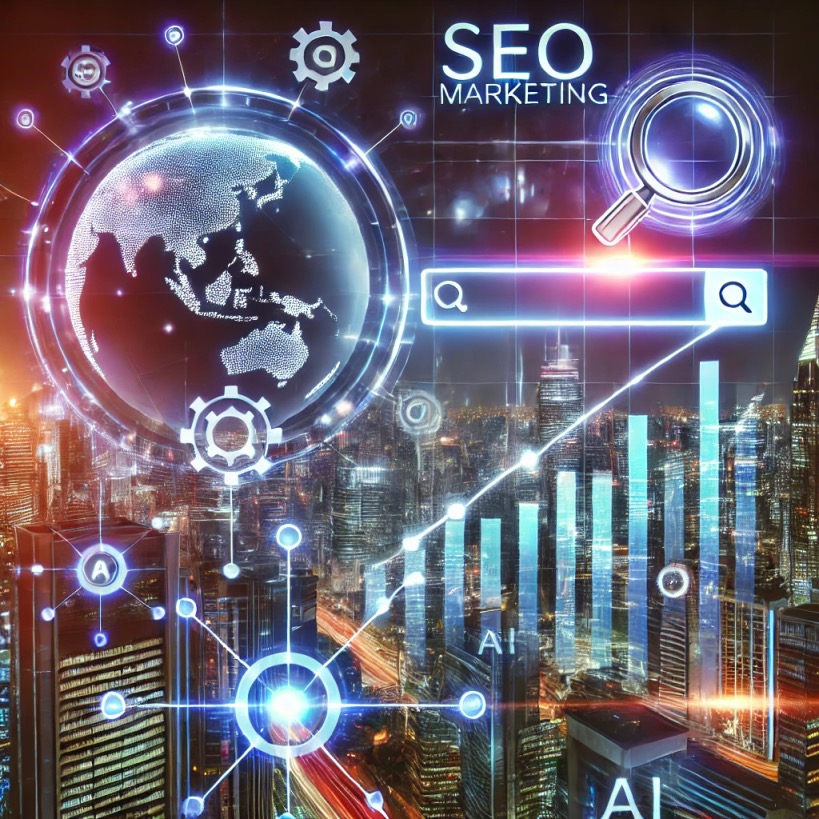Virtual Reality (VR) is revolutionizing various industries, transforming the way people learn and work. With immersive, interactive experiences, VR bridges the gap between theory and practice, offering an innovative approach to education, training, and workplace collaboration. Here’s how VR is reshaping these areas:


1. Revolutionizing Education and Training
- Immersive Learning Experiences: VR transports students to historical sites, molecular structures, or ancient civilizations, transforming abstract concepts into tangible experiences. For instance, medical students at institutions like Stanford University use VR to explore 3D anatomical models, enhancing understanding beyond textbooks.
- Safe Skill Development: VR simulations allow risk-free practice for high-stakes skills. Surgeons train with virtual operations, and engineers troubleshoot machinery in immersive environments, reducing real-world errors.
- Collaborative Classrooms: Virtual labs enable global collaboration; students in different locations can conduct experiments together, fostering teamwork and cultural exchange.
- Personalized & Accessible Education: Adaptive VR programs cater to individual learning paces, while students with disabilities or remote learners gain equal access through virtual participation.
2. Transforming the Workplace
- Virtual Offices for Remote Work: Platforms like Spatial create 3D office spaces where avatars interact, mimicking in-person dynamics and improving communication over traditional video calls.
- Enhanced Employee Training: Companies like Walmart use VR for onboarding, simulating customer interactions and emergency drills, ensuring consistent and scalable training.
- Design and Prototyping: Architects use VR to walk through building designs (e.g., Foster + Partners), identifying issues early and saving costs. Automotive companies like Ford prototype cars virtually.
- Data Visualization and Decision-Making: Complex data is rendered interactively in 3D, allowing teams to manipulate and analyze trends spatially, aiding strategic decisions.

3. Challenges and Considerations
- Cost and Accessibility: High-quality VR equipment remains expensive, potentially exacerbating the digital divide. Schools and SMEs may struggle with initial investments.
- Technical Limitations: Issues like motion sickness, hardware bulkiness, and the need for robust internet infrastructure can hinder adoption.
- Content Quality and Security: Effective VR requires expertly designed content. Privacy concerns arise as sensitive data is shared in virtual spaces.
4. Future Trends
- AI Integration: Adaptive learning paths powered by AI could tailor VR experiences in real-time, optimizing individual progress.
- Social VR Platforms: Emerging tools like Meta’s Horizon Workrooms aim to blend social interaction with professional collaboration, redefining networking.
- Healthcare and Therapy Expansion: VR is being tested for PTSD treatment and surgical training, with potential for remote expert guidance during procedures.
Conclusion
VR is reshaping education and work by enhancing engagement, accessibility, and collaboration. While challenges like cost and technical barriers persist, advancements in AI and connectivity promise broader adoption. As VR evolves, it holds the potential to democratize learning and redefine workplace culture, provided equitable access and thoughtful implementation are prioritized.



